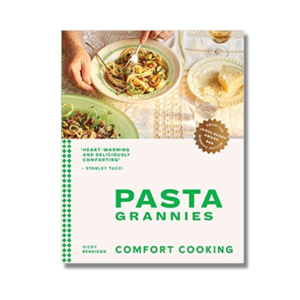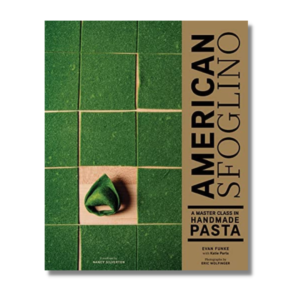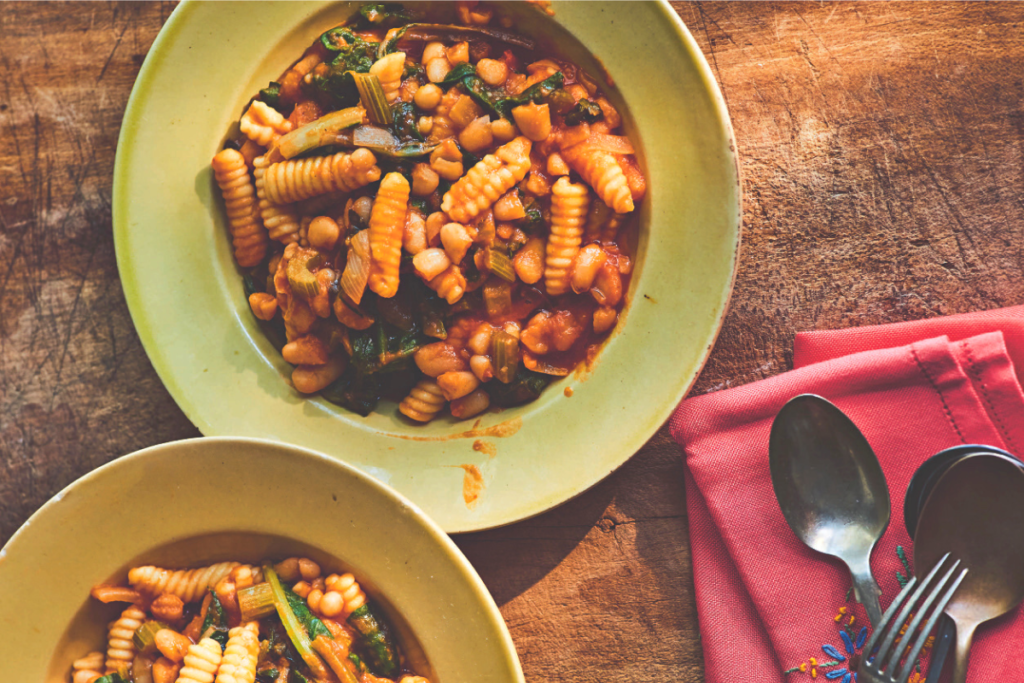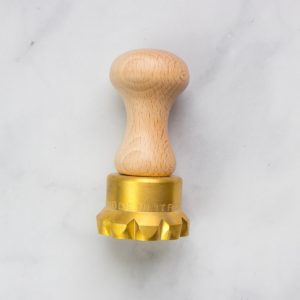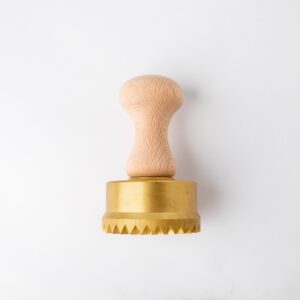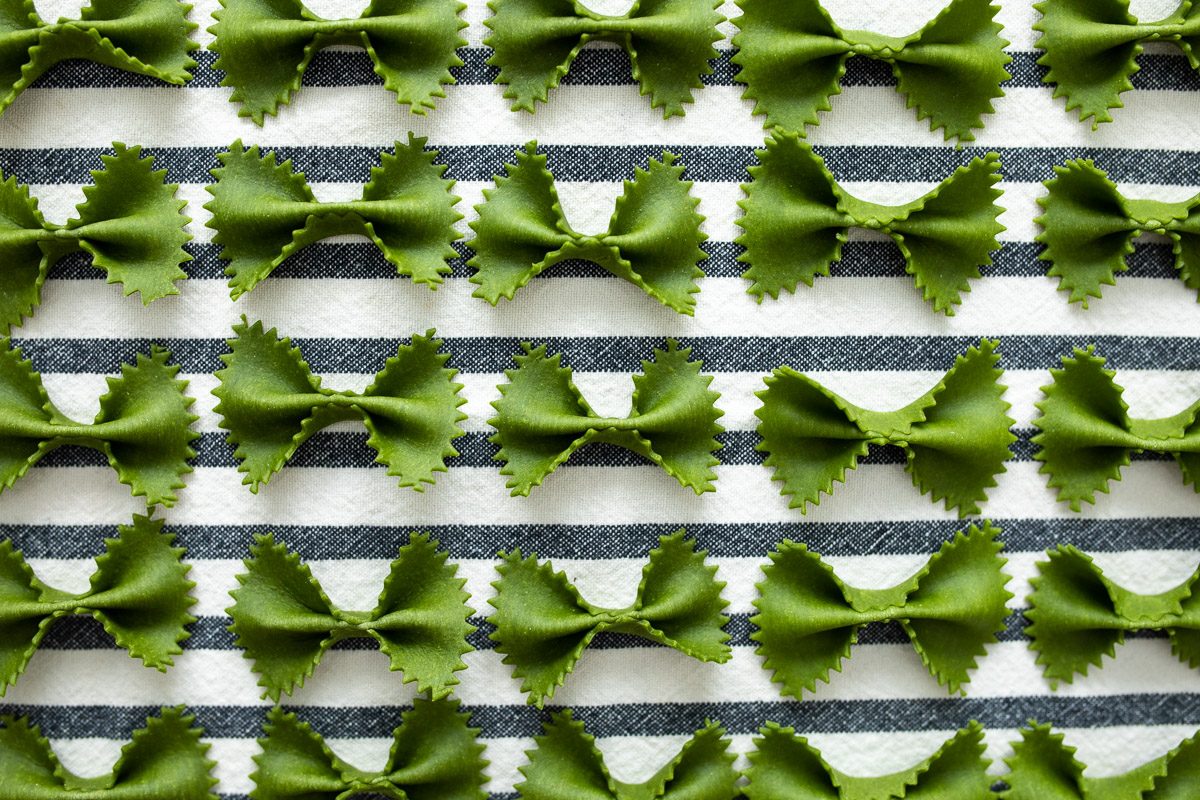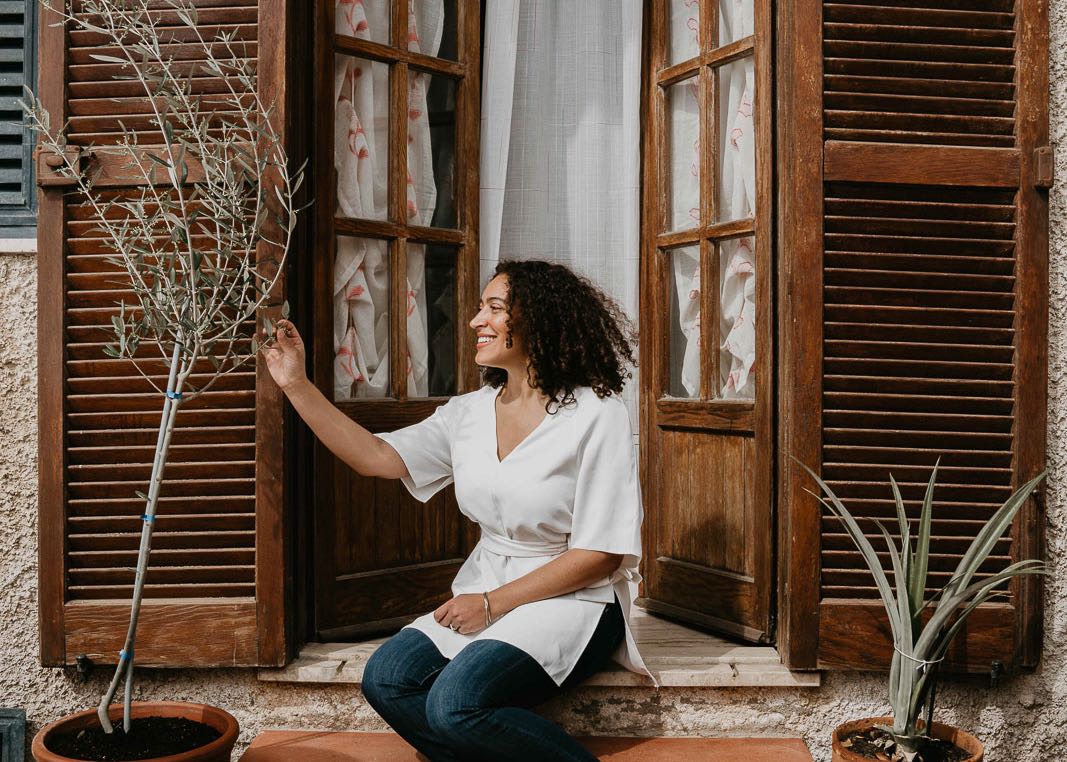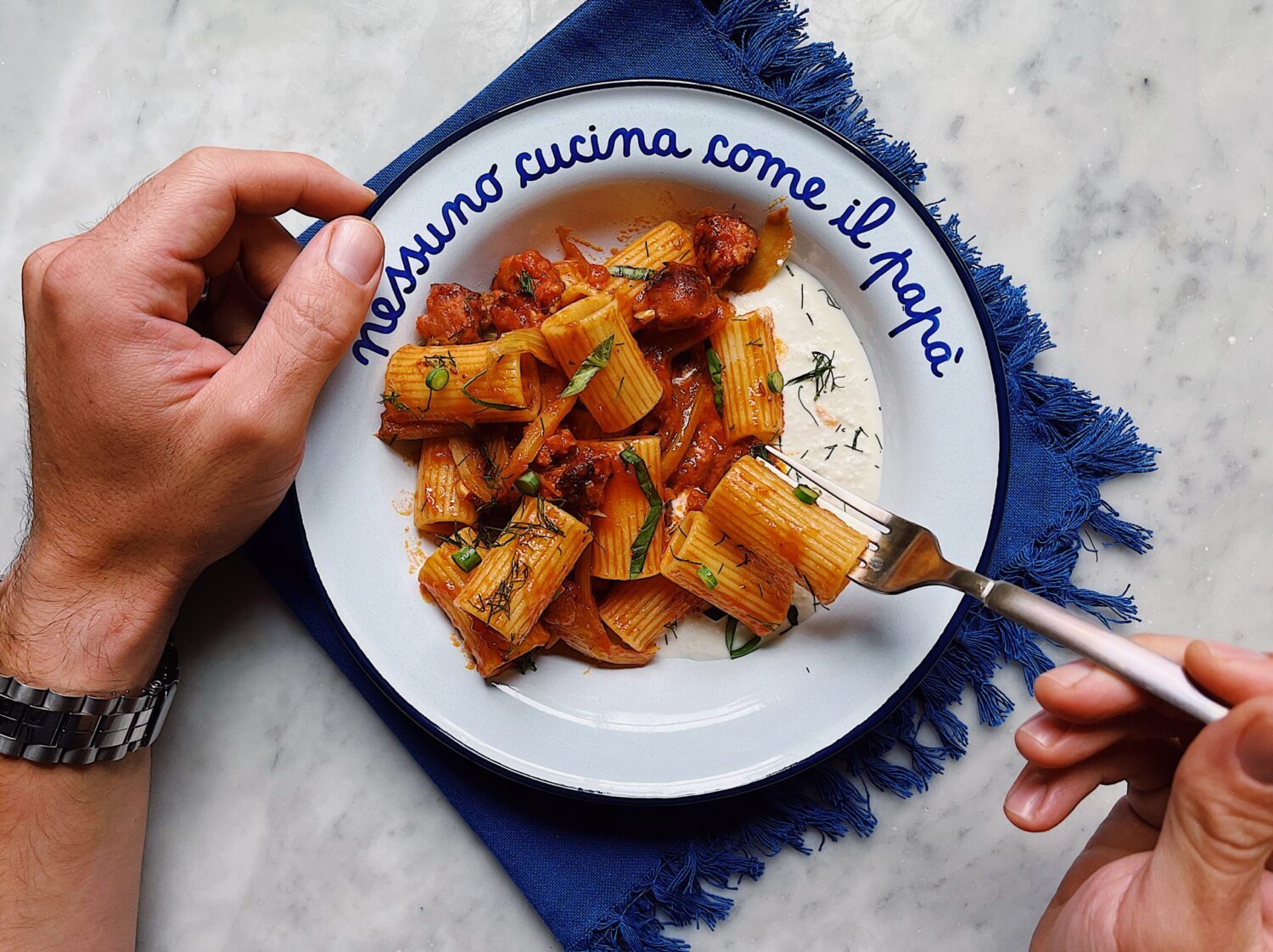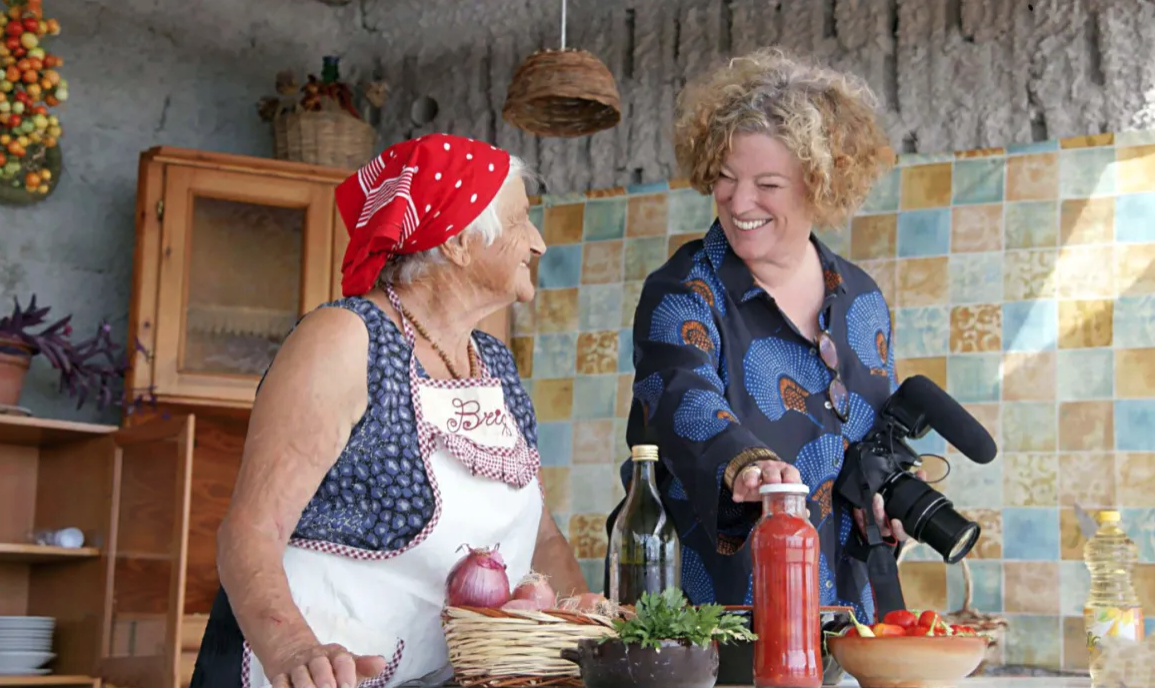
The Story Behind Pasta Grannies: An Interview with Vicky Bennison
The following is a partial transcript of our interview with Vicky Bennison. It has been lightly edited for content and clarity.
Sarah Ubertaccio (S): Most people are so familiar with the Pasta Grannies project, but can you tell us how this project began?
Vicky Bennison (V): It’s nearly 10 years ago that I started out with Pasta Grannies very slowly. I noticed that only older women were making pasta by hand. I just thought, someone has to make a record of this. It’s the passing of a generation. I rapidly discovered that video was the best way to make a record because of the physicality of pasta making, and I put the videos on Youtube. It kind of snowballed from there.
S: How do you go about finding these women?
V: These days, I have a granny finder! Livia de Giovanni lives in Faenza and she helps me find them. It’s a full-time job, actually. We go through the mayors of local towns, and food festivals. We work with the families first; the grandmothers don’t put themselves forward, so she’s the one who is the liaison. We are off to Abruzzo in 10 days, so she’s quite busy at the moment. We’ve got a couple of 100-year-olds – we always get very excited for them!
S: How many grannies have you interviewed so far?
V: Over 400, and increasing over time. I always feel like we’re in a hurry, but so far we haven’t run out!
S: How long does it take you to spend a day with them, filming them?
V: We do it slightly slower now. In the beginning, it took about an hour and a half. Now we spend as long as it takes to make the pasta, and then we try to find a bit of context: filming scenery, their market town, picking herbs, their chickens. Now it’s maybe 2-3 a day when we’re on location.
S: A lot of elderly Italian women tend to cook by eye, and they just sort of know how a recipe is supposed to turn out. For those of us who are trying to learn, that can be a bit frustrating to figure out. When you’re writing the recipes for the books, how do you account for that “quanto basta” [aka “as much as you need”] style of cooking?
V: In the end, it is an art – it’s about experience. My team now knows by looking what 400 grams of flour looks like, and we test the recipes. I have a recipe tester because I am also instinctive and go by how the dough feels. Julia Griner, who lives near Rome, has tested all the recipes for us to make sure they work in a domestic kitchen.
S: So, you know, we sell a lot of pasta tools [here at q.b. Cucina], and so I’m always curious to know: what do most nonnas have in their kitchens?
V: They are always using a rolling pin. The length and the diameter vary around Italy. The really long mattarelli that you find in Emilia-Romagna is because you’re making an egg dough, or sfoglia. Down south, they will be a bit smaller and might have a ridge, and the rolling pin will have to fit within their board, so they can roll shapes like cavatelli off the board. I also always joke about the nonna knife. A lot of our women will chop right into their hand, not on the board. No one has lost a finger yet!
S: I watched your Ted Talk, Feminism & Fettuccine, and I love how you challenge the idea that the grannies are “cute.” Could you tell us more about this point of view?
V: These women are not cute. They are survivors, they are tough old birds. They left school at 10 because they were needed in the fields to work. All the domestic work fell to the girls, and pasta making was one of those things that they were encouraged to do from an early age. They’ve grown up with a frugal mentality, and are hard workers. They don’t have a comfortable chair because they never sit down. They are a terrific force of nature.
Of course, their daughters couldn’t get away from that lifestyle fast enough. The most popular age group in our audience is age 25-35 because that generation is rediscovering the importance of cooking from scratch, and that you can do both: cooking and have a career.
S: Is there a pasta you find yourself going back to time and time again?
V: I would say lasagne, because with family, it’s great to make a big dish. My favorite is the asparagus lasagna that’s in the book, great for all ages.
S: What’s the best dish that you’ve been served while on set?
V: Well, I will say the experience has completely ruined the experience of eating in Italian restaurants because nothing is better than nonna’s cooking. But probably pansotti made by Enrichetta. It was the details that really mattered. Things like, she took the skins off the walnuts before making the walnut sauce. So it ended up as this really elegant dish, and you knew all the labor that went into it. But every time I sit down to a plate of pasta, I always think, this is lovely.
S: Tell us about the new book, Pasta Grannies: Comfort Cooking.
V: It was a response to the pandemic, because I had a number of people writing to tell me how important Pasta Grannies was to them and got them through lockdown. We all want something that’s comforting. The first book was about getting as many different styles into the book as possible. This one is about comfort – we’ve got four different lasagne recipes, and even pizza. This volume has a broader selection of recipes.
Post a Comment
You must be logged in to post a comment.



